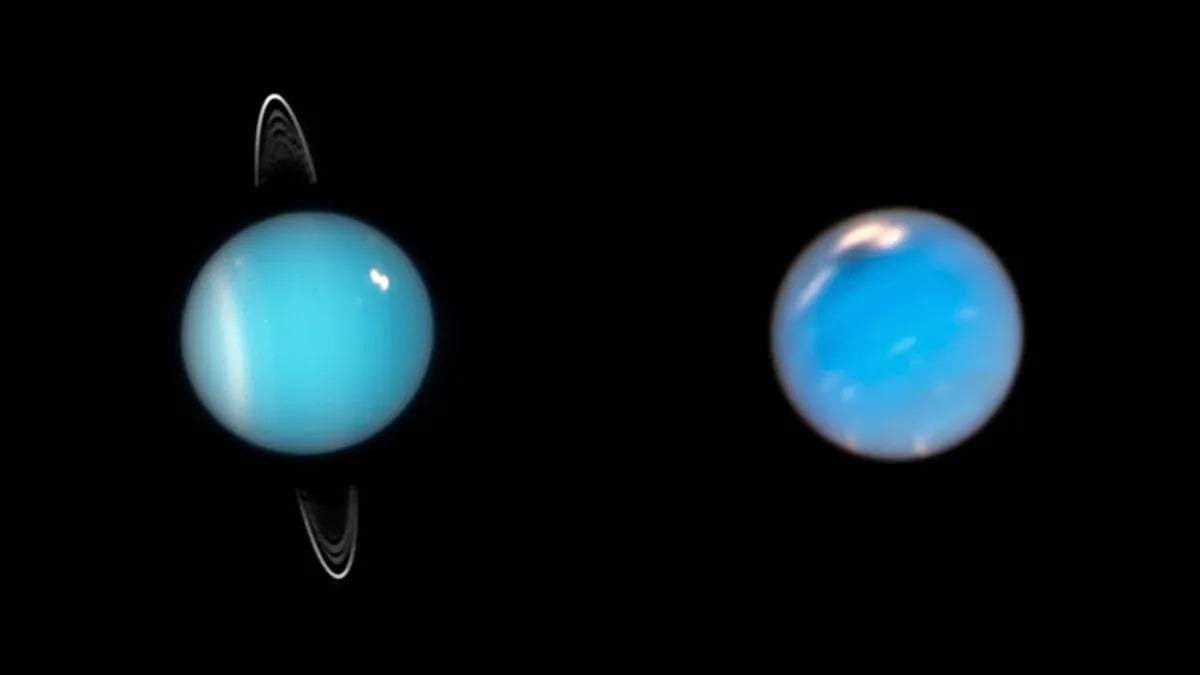Are Uranus And Neptune Really Ice Giants?
Language
Reading Level
Listen to Article
Alignment

Uranus and Neptune are often called "ice giants." This is based on the theory that they were made from materials that easily freeze in space, like water and ammonia. However, this label does not come from direct observations, since no spacecraft has visited the two giants since Voyager 2 in the 1980s. Instead, it is drawn from computer models built using the planets’ sizes, masses, densities, and gravity fields. Now, a new study by scientists at the University of Zurich is challenging this idea. It suggests that the two planets may contain more rock than ice.
The researchers began by creating hundreds of computer models to see what might be inside each planet. Instead of assuming they were mostly ice, they tried different amounts of rock, water, and other materials. They then compared the results with known facts, like each planet’s mass and gravity. This showed them which combinations of materials could really exist inside the planets.

For Uranus, the models showed many possibilities. They ranged from being almost all water to having nearly four times as much rock as water. Neptune showed a similarly broad spread. Its rock-to-water ratios varied from mostly water to nearly twice as much rock as water.
The scientists shared their results in the journal Astronomy and Astrophysics on September 30, 2025. They assert that if these planets have as much rock as some models suggest, calling them "ice giants" might be incorrect. However, the only way to know for sure is to send a spacecraft to study these distant worlds up close. Unfortunately, with no such missions planned, the true makeup of Uranus and Neptune remains a mystery.
Resources: Space.com, CNN.com, Smithsonianmag.com